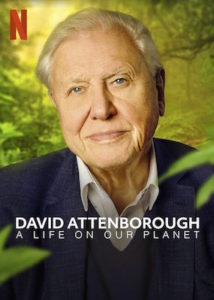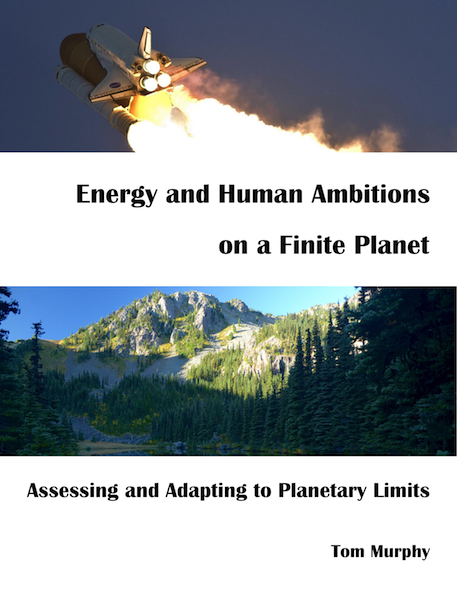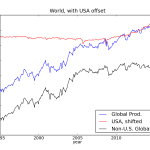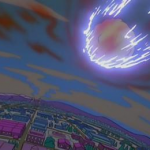Evolution is like a lengthy job application process. Each new species endures a long and harsh vetting procedure to judge what role it plays in the ecosystem, how prepared it is to deal with lean years, predators, disease, climate variations, and anything that might reasonably be expected to arise even once in a thousand generations. Those species not able to satisfy the impartial judges of nature are voted off the island. It’s a tough crowd.
The successful species—the ones that have held on for many thousands of generations—essentially have signed a contract with nature. The contract is implicitly a “common law” arrangement: if you’ve stayed with us this long, you’re (indifferently) accepted as part of the family.
The terms of the contract are also implicit: as long as you continue to operate within the parameters by which you were judged to be adequate members of the ecosystem, you enjoy the built-in protection of that same ecosystem to continue survival, having carved out a role integrated into the rest by a complex web of interdependencies.
Humans signed our contract with evolution based on a primitive lifestyle that persisted for hundreds of thousands of years. We also inherited clauses from ancestor species, whose capabilities we incrementally altered, thus extending the vetting span to millions of years.
Humans today stand in gross violation of our pact with nature. We are egregiously in breach of contract. Our protections are thereby revoked.
Views: 7826




 Hello, all, and welcome (me) back! After years of radio silence, I am popping back up and have more to say in the coming months as I re-engage on topics relevant to this blog.
Hello, all, and welcome (me) back! After years of radio silence, I am popping back up and have more to say in the coming months as I re-engage on topics relevant to this blog.


